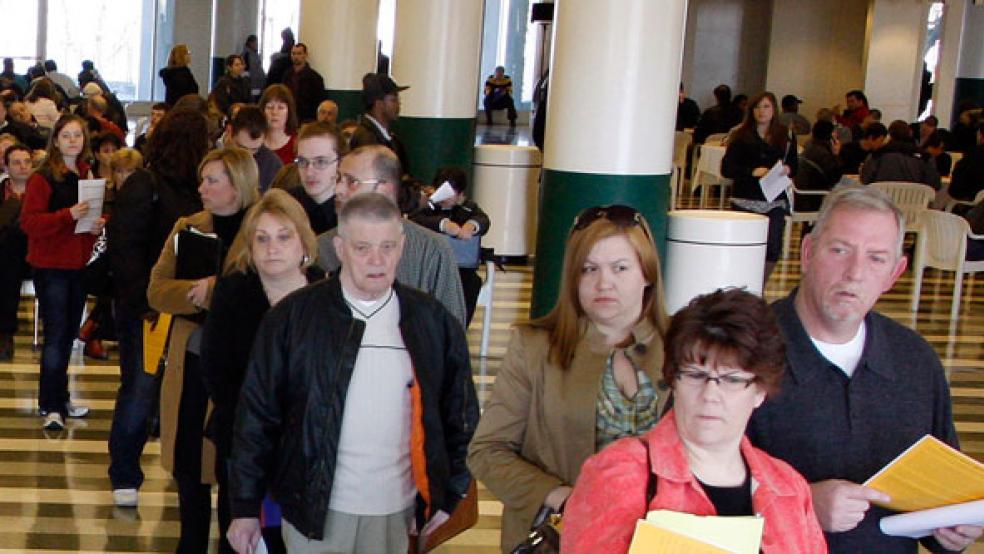The start of the new school year saved the September jobs report.
Released on Tuesday because of the partial government shutdown, the payroll figures showed that 148,000 jobs were added last month as the unemployment rate dropped a tenth of a percentage point to 7.2 percent.
But 29,300 of those new jobs came at the state and local government level from schools reopening, according to the Bureau of Labor Statistics. That one-time addition rescued an otherwise weak employment report. Otherwise, it reflects an economy that is still struggling to accelerate out of the Great Recession.
“The labor market is at stall speed,” tweeted Douglas Holtz Eakin, a Republican economics adviser who is president of the American Action Forum.
The unemployment rate is now hovering close to the 7 percent threshold that the Federal Reserve said earlier this year would mark the curtailment of its monthly purchase of billions of dollars worth of Treasury notes and mortgage-backed securities.
But that figures has also become a red herring as the share of Americans who are part of the workforce has declined. The labor force participation rate is 63.2 percent—it’s lowest reading in 35 years. Part of that decline reflects an aging America as baby boomers are settling into retirement, but it is also indicative of an economy defined by changing expectations of what can be delivered.
Some industries that routinely feed job growth collapsed last month. Restaurants and bars shed 7,100 jobs. By contrast, those employers had added 17,100 jobs in August. Manufacturers—which President Obama celebrated as driving the recovery—contributed a mere 2,000 jobs in September.
There were bright signs in the construction with 20,000 workers being added, more than half of them in specialty contracting. The shift to part-time work that Republicans warned about because of Obamacare has not happened. Since the 2010 Affordable Care Act requires that businesses offer health coverage for employees working more than 30 hours a week, GOP lawmakers warned about an avalanche of part-timers. Instead, over the last year, the number of part-time workers for economic regions has dropped from 8.6 million to 7.9 million.
But the September employment figures reflect an economy right before the government shutdown, a blow to consumer confidence that began on Oct. 1 and lasted for 16 days.
That means the upcoming employment reports could look worse.
“The consumer confidence hasn’t bounced back yet," said Boston College economics professor Robert Murphy. “To the extent confidence is weak there’s a lot of uncertainty about the future and employers are going to be reluctant to do much hiring. That could start to show up in the numbers.”




